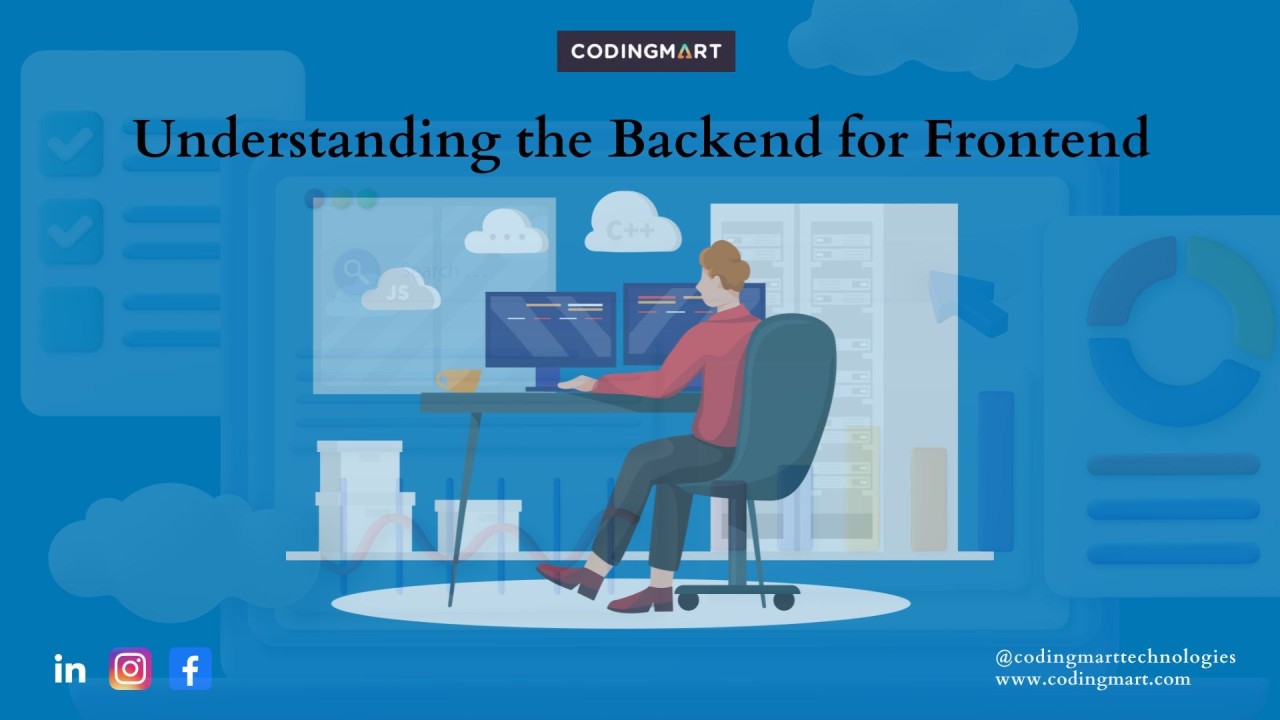
Understanding the Backend for Frontend (BFF) Pattern: Enhancing Modern Web Architectures
Codingmart Technologies
We help companies of all sizes from Startups to Unicorns to Enterprises; to pioneer the next generation technologies.
Hey Developers!
In today’s tech landscape, delivering seamless experiences across different platforms is a challenge that every business faces. Mobile apps, web applications, and various frontends have diverse needs when it comes to data consumption, interactions, and performance. The Backend for Frontend (BFF) pattern has emerged as an effective solution for tackling these challenges, providing tailored APIs for each frontend application.
What is the BFF Pattern?
The Backend for Frontend pattern is an architectural style where each frontend application (whether it’s mobile, web, or desktop) has its own corresponding backend service. Unlike a traditional monolithic backend that serves all clients the same way, a BFF creates a focused backend service for each frontend, optimizing how data is fetched, processed, and delivered.
Why Do We Need a BFF?
In multi-platform environments, different frontends have varying requirements:
With a single backend serving all these different frontends, developers often run into issues:
The BFF pattern solves this by ensuring each frontend communicates with its own backend service, simplifying the flow.
Key Benefits of the BFF Pattern
Tailored Data for Each Client: Each frontend gets the data and responses it needs without unnecessary overhead. Mobile users aren’t forced to download large datasets that a web app might require.
Reduced Complexity in Backends: With dedicated backends for each client type, developers can maintain clean, understandable services. Each BFF can be customized for specific UI needs without affecting others.
Improved Developer Experience: BFF services allow frontend developers to work more efficiently. By having a direct say in how the backend is structured, frontends can evolve independently, streamlining development cycles.
Decoupling for Scalability: Since each frontend has its own backend service, both can scale independently. For instance, mobile and web apps can grow in user base without impacting each other’s performance.
Common Use Cases
Challenges of the BFF Pattern
While the BFF pattern offers many advantages, it also introduces some complexity:
The Backend for Frontend (BFF) pattern is an essential approach for modern architectures where multiple frontends interact with a single system. By providing focused backend services for each frontend, the BFF pattern optimizes performance, streamlines development, and creates a better user experience across devices.
If you’re building applications for multiple platforms, implementing a BFF could be the key to improving both user satisfaction and developer productivity.
Have you implemented the BFF pattern in your projects? What benefits or challenges did you face? Let’s discuss in the comments!